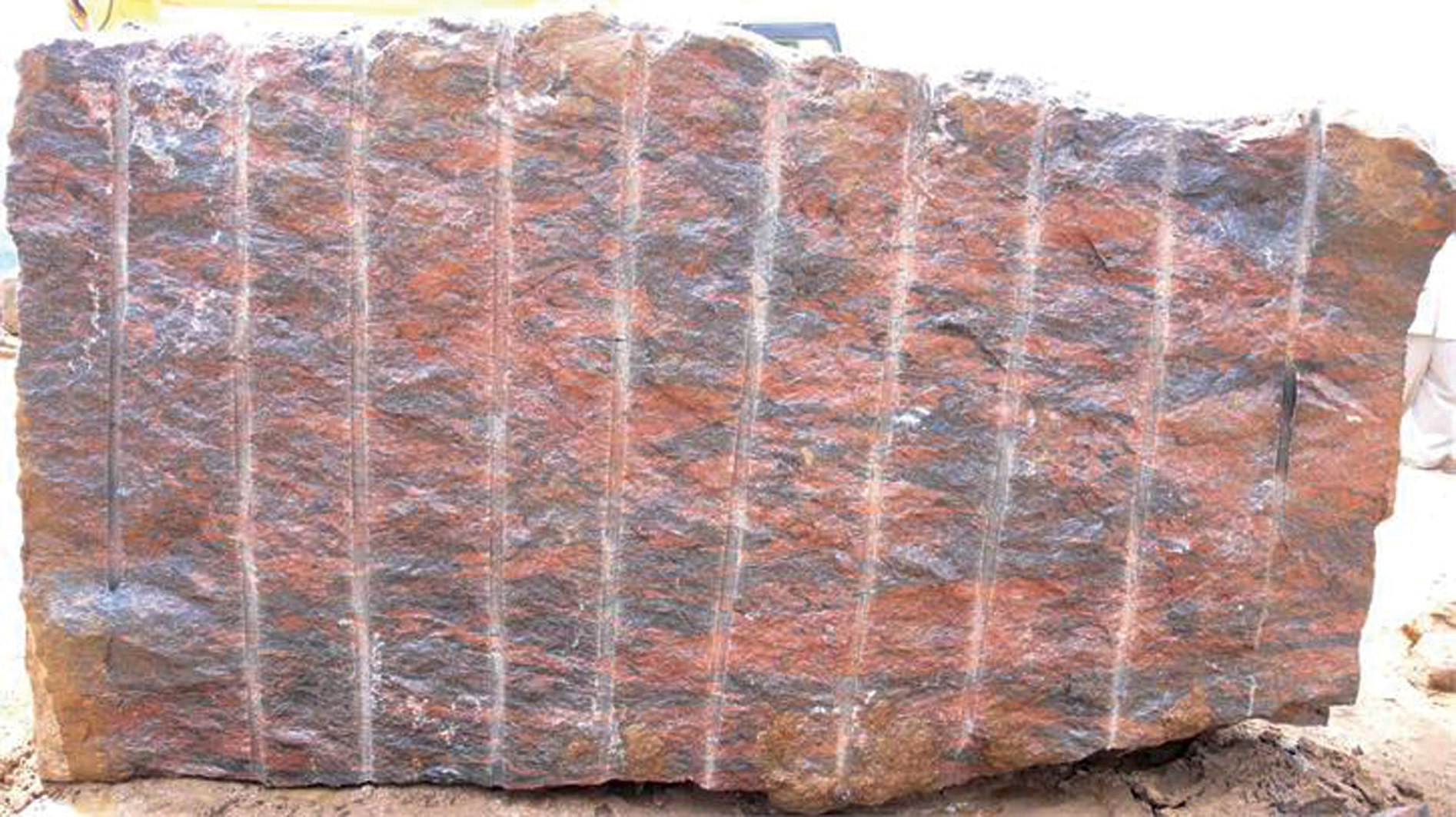Checking Out Granite Quarries in South Africa: A Comprehensive Overview
Wiki Article
Unveiling the Mysteries of Granite Quarrying: Where Stamina and Style Meet
The globe of granite quarrying is a realm where the raw strength of nature merges with human virtuosity to produce structures that stand the test of time with an air of style. From the midsts of quarries to the thorough polishing in workshops, the procedure of transforming granite into architectural wonders is a complicated dancing of practice and technology. As we peer right into the midsts of this old craft, we start to reveal the covert details that shape the extremely essence of our built setting.The Beginnings of Granite Quarrying
In the record of architectural history, the origins of granite quarrying are shrouded in a tapestry of ancient workmanship and geological wonders. Dating back to ancient Egypt and Mesopotamia, the removal of granite from quarries noted the beginning of a trip that would at some point bring about the creation of some of the globe's most famous structures.Granite quarrying's origins can be traced to the competent craftsmens that acknowledged the stone's toughness and visual charm. With a mix of primitive devices and sheer resolution, these very early quarry workers discovered granite blocks that would come to be the foundation of civilizations.
As people developed, so did the strategies of quarrying granite. The Romans, renowned for their engineering expertise, developed advanced techniques for removing granite to create monuments, temples, and roads that stood the test of time.
The tradition of these old quarrying methods continues to form modern design, with granite staying a symbol of toughness and style in building and construction projects around the world. (granite quarries in south africa)
Devices of the Quarrying Trade
The advancement of granite quarrying methods from ancient human beings to contemporary times highlights the essential role played by the devices of the quarrying trade in shaping the market's practices. In old times, quarrying tools were rudimentary, usually containing knives, hammers, and wedges made from products like bronze or iron. These devices required considerable manpower and time to essence granite blocks from quarries.
Furthermore, the intro of pneumatic tools and high-powered machinery has actually significantly minimized the physical labor required in quarrying operations, improving worker safety and security and productivity. As the quarrying sector remains to introduce, the tools of the profession remain at the forefront of driving progress and shaping the future of granite removal.
Drawing Out Blocks of Granite
Making use of accuracy equipment and progressed strategies, the extraction of granite obstructs from quarries has come to be a sophisticated procedure in the modern quarrying industry. Managed blowing up methods are after that utilized to damage apart the granite right into workable areas.
Polishing and Ending Up Methods
To Continued attain a flawless surface area on granite blocks, experienced craftsmens employ a collection of precise sprucing up and finishing strategies. After the preliminary extraction and shaping processes, the granite obstructs undertake a complete sprucing up phase to enhance their all-natural appeal and longevity.granite quarries in south africa In enhancement to polishing, ending up strategies are applied to further fine-tune the granite's appearance. By carefully selecting and applying these polishing and ending up strategies, craftsmens can transform raw granite blocks into exquisite pieces that showcase both strength and beauty.

Environmental Influence and Sustainability
With the growing emphasis on ecological awareness in the industry, granite quarrying techniques are increasingly scrutinized for their influence on natural deposits and long-term sustainability. Quarrying for granite can have significant ecological ramifications. The extraction process commonly includes the usage of hefty machinery, explosives, and huge amounts of water, resulting in habitat devastation, dirt disintegration, and water pollution. Additionally, the transport of granite from quarries to refining facilities produces carbon discharges, even more adding to ecological degradation. granite quarries in south africa.To reduce these influences and guarantee sustainability in granite quarrying, sector stakeholders are embracing different measures. Applying sophisticated innovations to Get More Information decrease power consumption and water use, recovering quarried land for eco-friendly reconstruction, and advertising accountable sourcing practices are some strategies being employed. Additionally, qualifications such as the Forest Stewardship Council (FSC) and the Leadership in Power and Environmental Layout (LEED) aid consumers identify ecologically friendly granite products.
Final Thought
To conclude, granite quarrying is a procedure that needs specialized tools and methods to essence blocks of granite and polish them to a high degree of surface. While the environmental effect of quarrying can be significant, efforts are being made to enhance sustainability practices in the industry. Overall, granite quarrying is a fragile equilibrium in between using the stamina and elegance of this natural stone while reducing its impact on the environment.Report this wiki page